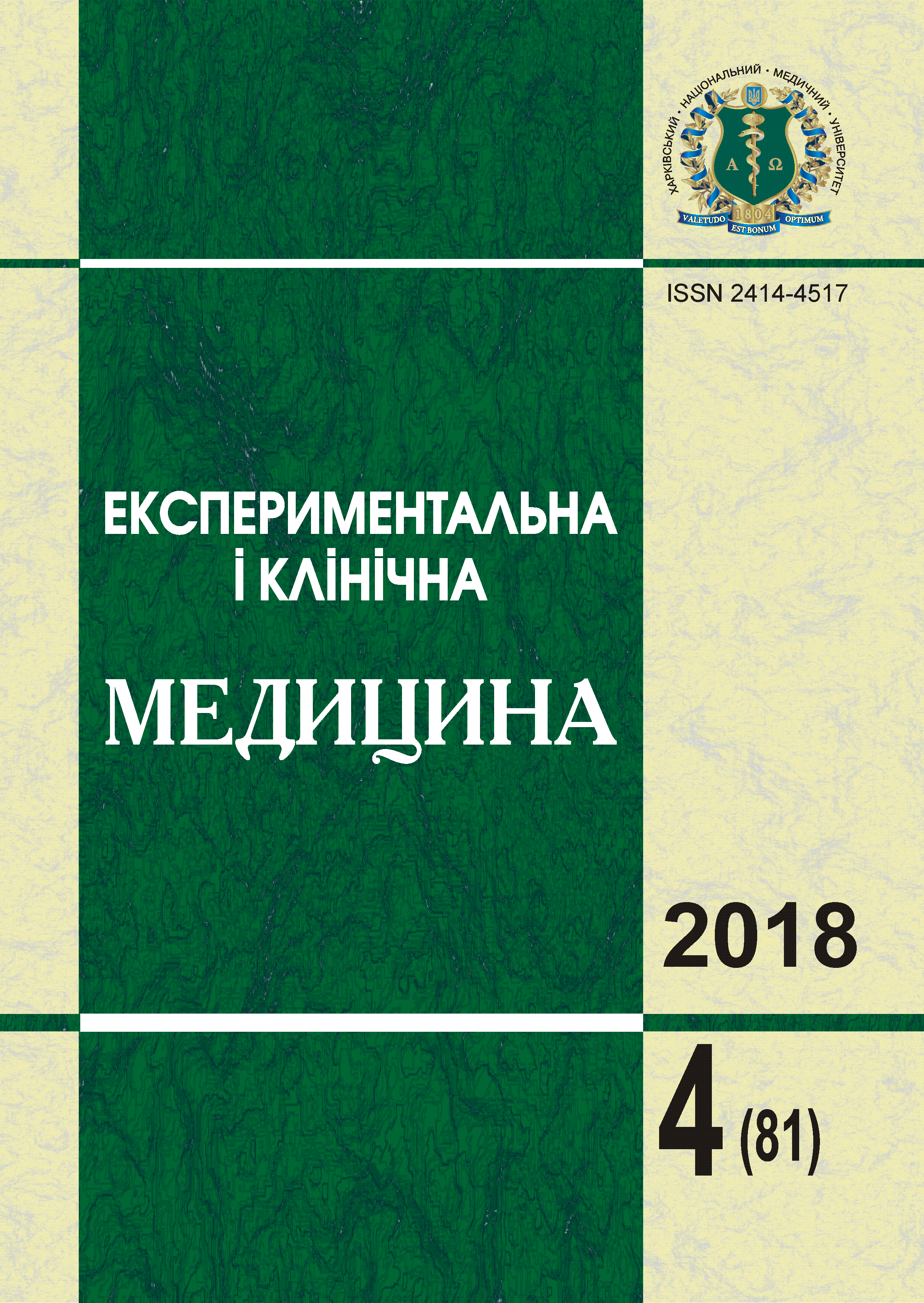Abstract
A prospective randomized dynamic (1 year) study was conducted involving 127 patients with CHF II–III stages at the age of 32–87 years. The examination included an assessment of clinical symptoms, quality of life, 6-minute walk test data, doppler echocardiography, heart rate variability, serum insulin, NT-proBNP. Metoprolol succinate was administered according to a standard regimen with dose titration every 2 weeks from 12.5 to 100–200 mg. Factor analysis allowed us to identify groups of indicators obtained as a result of examining patients with chronic heart failure on the background of obesity in the dynamics of treatment with metoprolol succinate, and to assess the proportion of individual factors in the pathogenesis of this combined pathology. The first two factors determine 76.8 % of variability indicators and, taking into account the loading parameters, they were assigned the descriptive names "clinical and hemodynamic factor", "clinical and anthropometric factor" and among the quantitative indicators they were suggested to be taken into account when using metoprolol succinate.References
Ara R., Brazier J. (2017). Estimating health state utility values for comorbidities. Pharmacoeconomics, No. 35 (Suppl. 1), pp. 89–94.
Sjoberg N., Brinkworth G.D., Wycherley T.P., Noakes M., Saint D.A. (2011). Moderate weight loss improves heart rate variability in overweight and obese adults with type 2 diabetes. Journal of Applied Physiology, Vol. 110, No. 4, pp. 1060–1064.
Meyer K. (2013). Central hemodynamics in obesity. Therapeutische Umschau. Revue thérapeutique, Vol. 70, No. 2, pp. 77–80.
Espinoza-Salinas A., Zafra-Santos E., Pavez-Von Martens G., Cofré-Bolados C., Lemus-Zúñiga J., Sánchez-Aguilera P. (2015). Heart rate variability and insulin resistance among obese males. Revista Medica de Chile, Vol. 143, No. 9, pp. 1129–1135.
Mehta R. K. (2015). Impacts of obesity and stress on neuromuscular fatigue development and associated heart rate variability. International Journal of Obesity, Vol. 39, No. 2., pp. 208–213.
Perreault S, de Denus S, White M, White-Guay B, Bouvier M, Dorais M. et al. (2017). Older adults with heart failure treated with carvedilol, bisoprolol, or metoprolol tartrate: risk of mortality. Pharmacoepidemiol Drug Saf, Vol. 26, No. 1, pp. 81–90.
Abolbashari M., Macaulay T.E., Whayne T.F., Mukherjee D., Saha S. (2017). Polypharmacy in cardiovascular medicine: problems and promises! Cardiovasc Hematol Agents Med Chem, Vol. 8, No. 15 (1), pp. 31–39.
Dambaugh L.A., Ecklund M.M. (2016). Progressive care of obese patients. Crit Care Nurse, No. 36 (4), pp. 58–63.
Triposkiadis F., Giamouzis G., Parissis J., Starling R.C., Boudoulas H., Skoularigis J. et al. (2016). Reframing the association and significance of co-morbidities in heart failure. Eur J Heart Fail. — No. 18 (7). — P. 744–758.
Lang T. A., Sesik M. (2011) Kak opisyvat' statistiku v meditsine [How to describe statistics in medicine]. Moskow: Prakticheskaya medicina, 480 p.

